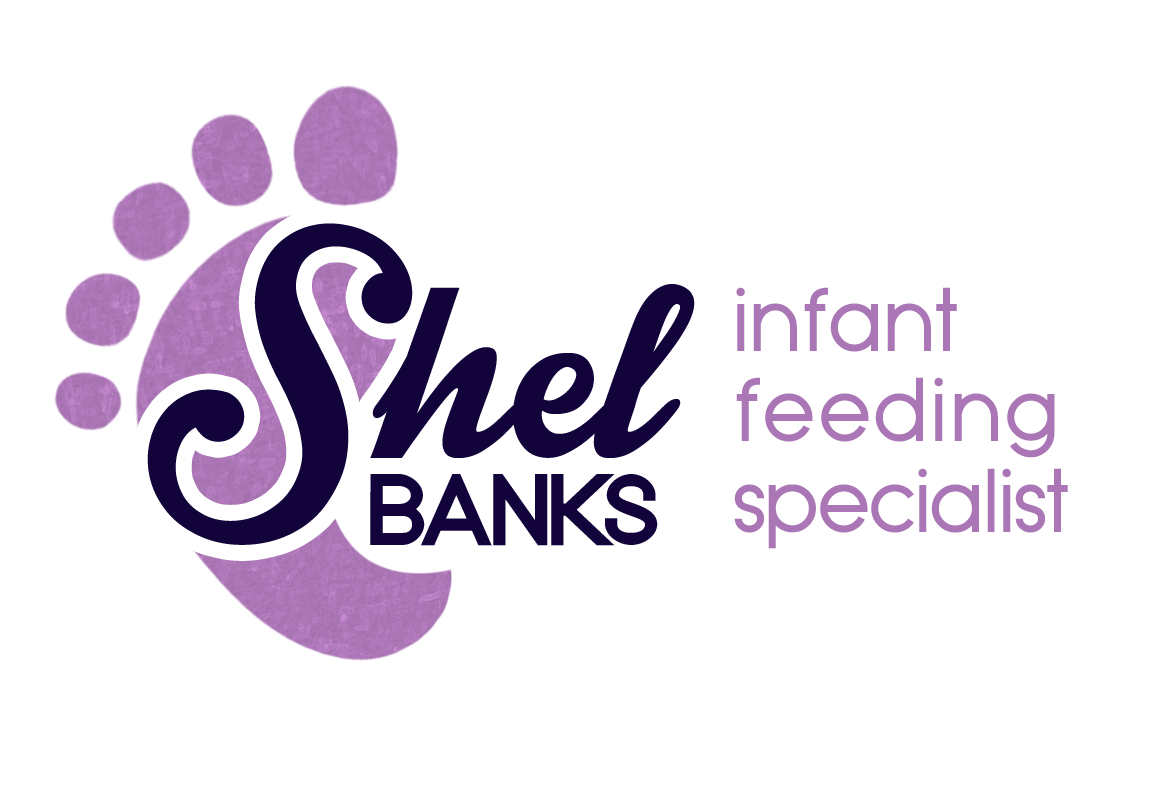If you are considering bottle feeding, whether because you intend to exclusively formula feed, whether you are choosing to add in bottle feeds of expressed breastmilk or formula for convenience, or whether you are needing to supplement a breastfed baby because of a concern about feeding in the short term, it’s important that anyone caring for the baby understands about the mechanics of bottlefeeding, and how to do it both safely and responsively to the baby’s needs. This piece provides lots of information about how to do just that.
This article helps direct you to specific information if you are giving your baby any bottle feeds, such as:
- Paced fading
- Bottle feeding a baby with faltering growth
- What is formula?
- Reducing trapped gas
- Avoiding ‘nipple-teat confusion’
Paced feeding: when is this recommended?
An article here by Emma Pickett IBCLC , ’Responsive bottle feeding‘ describes the concept of responsive or ‘paced’ feeding which is ideal if your baby is to be bottle fed and you want to ensure they are getting as much of the benefit of closeness to their parent or carer as possible, and also to ensure they do not overfeed because of the neonatal urges to suck when something is in their mouth and then to swallow any liquid that fills the mouth. This technique helps to ‘pace’ the feed to either fully bottle-fed babies, or to ordinarily breastfed babies who are being bottle-fed while away from their mothers, so that they do not take more than they need at one feed; with both these groups of babies we do not want to risk overfilling their tiny tummies and potentially stretching them.
If your exclusively- or partially-bottlefed baby is to be fed at an appropriate pace, then it’s useful to consider
- what sort of bottles might be best to use (those with a wide soft teat work best for most babies, discussed further in ‘Responsive Bottle Feeding’ by my colleague Emma Pickett
- how much milk to offer (see ‘How much milk will my bottle fed baby drink?’)
- how often to offer feeds (see ‘How often should I bottle feed my baby?’)
- as well as how to keep bottle feeding equipment safe from bacterial contamination (see ‘sterilising bottles and equipment’)
- how to make up formula milk safely (see ‘how to prepare formula milk’).
If you are considering, or already feeding infant formula, to your baby you may wish to understand more about the product, and this is discussed in more detail ini my book “Why Formula Feeding Matters” which can be purchased here.
When paced feeding might not be appropriate
Sometimes babies do not gain weight at the expected rate, perhaps because feeding has not been effectively established for some reason in the early days, or because they find effectively transferring milk from breast (or bottle) to themselves harder than normal, and so feed less, or perhaps because they are regurgitating their feed back up and so require more milk, and to have the cause of the regurgitation addressed too. In these cases, ‘paced’ feeding may not be appropriate and so Adding in Supplemental Bottle Feeds to a Baby with Weight Concerns might provide useful information on responsively feeding these babies.
What is formula?
To find out more about what infant formula is and what the different types might be, I would direct you to my book, Why Formula Feeding Matters, available for sale via my website here.
Reducing wind
All exclusively milk-fed babies, whether fed at breast or by bottle, and whether fed breast milk or infant formula, may take in air to their stomachs either via feeding or at other times such as when crying, hiccupping and so on, which may become trapped in the stomach contents and need to be got ‘up and out’ via burping so that it does not get pulled into the gut with the stomach contents as they are digested and cause uncomfortable cramping or swelling in the baby’s intestines. The burping or winding tech nice known as Wonky Winding is covered in here in this YouTube video.
Avoiding nipple-teat confusion
Finally, ‘Responsive Feeding of a Baby Fed by Breast and Bottle’ describes how families with mixed-fed babies can avoid the so-called ‘nipple teat confusion’, and how they can use bottle feeding effectively to complement breastfeeding, rather than worrying about impacting negatively on the breastfeeding relationship.
